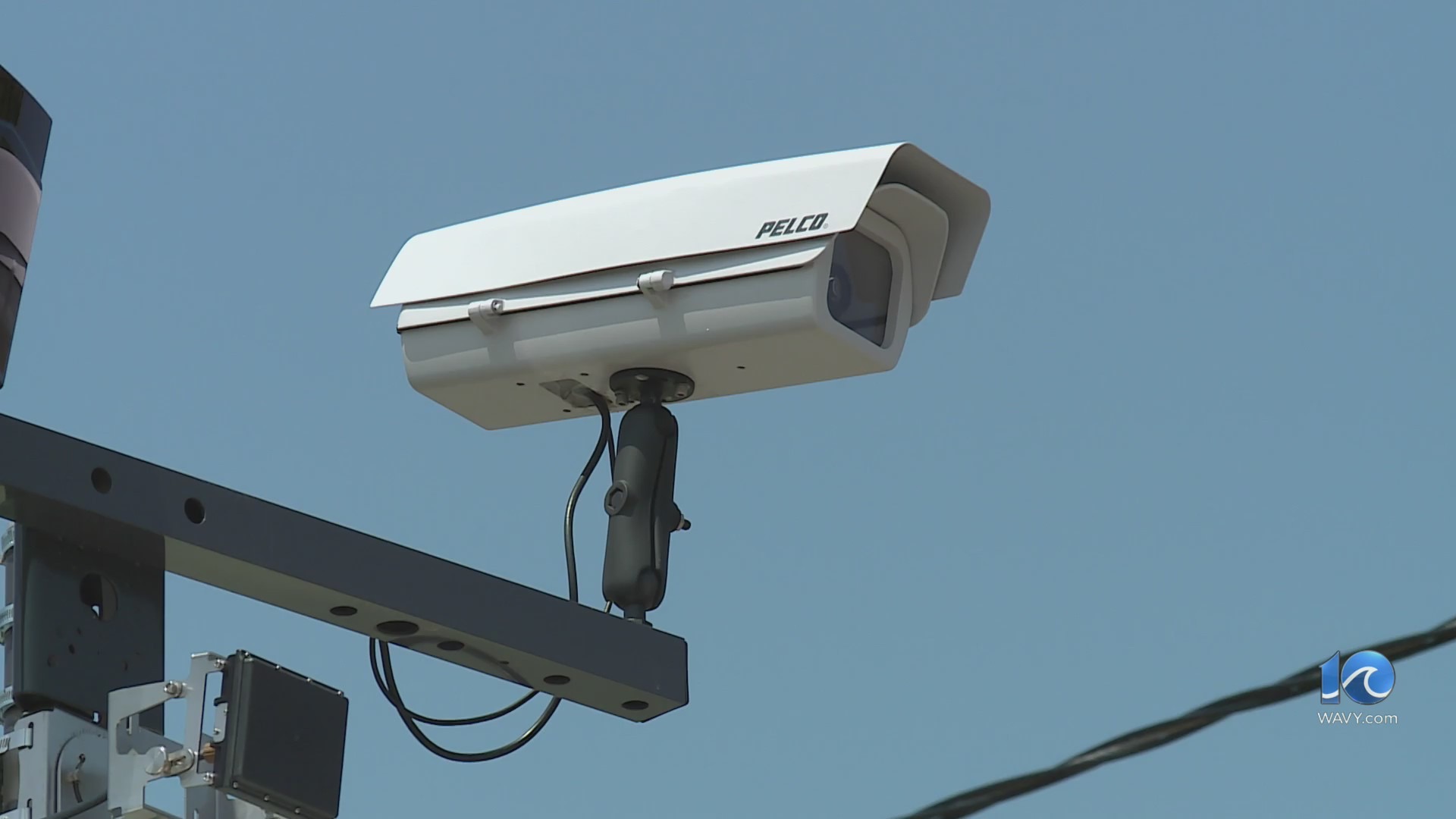The military parade to mark the Army’s 250th anniversary and its convergence with President Donald Trump’s 79th birthday are combining to create a peacetime outlier in U.S. history. Yet it still reflects global traditions that serve a range of political and cultural purposes.
Variations on the theme have surfaced among longtime NATO allies in Europe, one-party and authoritarian states and history’s darkest regimes.
France: Bastille Day and Trump’s idée inspirée
The oldest democratic ally of the U.S. holds a military parade each July 14 to commemorate one of the seminal moments of the French Revolution. It inspired — or at least stoked — Trump’s idea for a Washington version.
On July 14, 1789, French insurgents stormed the Bastille, which housed prisoners of Louis XVI’s government. Revolutionaries commenced a Fête de la Fédération as a day of national unity and pride the following year, even with the First French Republic still more than two years from being established.
The Bastille Day parade has rolled annually since 1880. Now, it proceeds down an iconic Parisian route, the Avenue des Champs-Élysées. It passes the Arc de Triomphe — a memorial with tributes to the French Revolution, Napoleonic Wars and World War I — and eventually in front of the French president, government ministers and invited foreign guests.
Trump attended in 2017, early in his first presidency, as U.S. troops marched as guests. The spectacle left him openly envious.
“It was one of the greatest parades I’ve ever seen,” Trump told French President Emanuel Macron. “It was military might, and I think a tremendous thing for France and for the spirit of France. We’re going to have to try and top it.”
The British set modern ceremonial standards
In the United Kingdom, King Charles III serves as ceremonial (though not practical) head of U.K. armed forces. Unlike in France and the U.S., where elected presidents wear civilian dress even at military events, Charles dons elaborate dress uniforms — medals, sash, sword, sometimes even a bearskin hat and chin strap.
He does it most famously at Trooping the Colour, a parade and troop inspection to mark the British monarch’s official birthday, regardless of their actual birthdate. (The U.S. Army has said it has no specific plans to recognize Trump’s birthday on Saturday.)
In 2023, Charles’ first full year as king, he rode on horseback to inspect 1,400 representatives of the most prestigious U.K. regiments. His mother, Queen Elizabeth II, used a carriage over the last three decades of her 70-year reign.
The British trace Trooping the Colour back to King Charles II, who reigned from 1660-1685. It became an annual event under King George III, described in the American colonists’ Declaration of Independence as a figure of “absolute Despotism (and) Tyranny.”
Authoritarians flaunt military assets
Grandiose military pomp is common under modern authoritarians, especially those who have seized power via coups. It sometimes serves as a show of force meant to ward off would-be challengers — and to seek legitimacy and respect from other countries.
Cuba’s Fidel Castro, who wore military garb routinely, held parades to commemorate the revolution he led on Dec. 2, 1959. In 2017, then-President Raúl Castro refashioned the event into a Fidel tribute shortly after his brother’s death. Venezuela’s Hugo Chávez, known as “Comandante Chávez,” presided over frequent parades until his 2013 death. His successor, Nicolás Maduro, has worn military dress at similar events.
North Korean dictator Kim Jung Un, who famously bonded with Trump in a 2018 summit, used a 2023 military parade to show off his daughter and potential successor, along with pieces of his isolated country’s nuclear arsenal. The event in Pyongyang’s Kim Il Sung Square — named for Kim’s grandfather — marked the North Korean Army’s 75th birthday. Kim watched from a viewing stand as missiles other weaponry moved by and goose-stepping soldiers marched past him chanting, “Defend with your life, Paektu Bloodline” — referring to the Kim family’s biological ancestry.
In China, Beijing’s one-party government stages its National Day Parade every 10 years to project civic unity and military might. The most recent events, held in 2009 and 2019, involved trucks carrying nuclear missiles designed to evade U.S. defenses, as well as other weaponry.
Legions of troops, along with those hard assets, streamed past President Xi Jinping and other leaders gathered in Tiananmen Square in 2019 as spectators waved Chinese flags and fighter jets flew above.
Earlier this spring, Xi joined Russian President Vladimir Putin — another strongman leader Trump has occasionally praised — in Moscow’s Red Square for the annual “Victory Day” parade. The May 9 event commemorates the Soviet Union’s role in defeating Nazi Germany in World War II — a global conflict in which China and the Soviet Union, despite not being democracies, joined the Allied Powers in fighting the Axis Powers led by Germany and Japan.
A birthday parade for Hitler
Large civic-military displays were, of course, a feature in Nazi Germany and fascist Italy before and during World War II. Chilling footage of such events lives on as a reminder of the dangers of authoritarian extremism.
Among those frequent occasions: a parade capping Germany’s multiday observance of Adolf Hitler’s 50th birthday in 1939. (Some far-right extremists in Europe still mark the anniversary of Hitler’s birth.) The four-hour march through Berlin on April 20, 1939, included more than 40,000 personnel across the Army, Navy, Luftwaffe (Air Force) and Schutzstaffel (commonly known as the “SS.”) Hundreds of thousands of spectators lined the streets. The Führer’s invited guests numbered 20,000.
On a street-level platform, Hitler was front and center. Alone.
___





